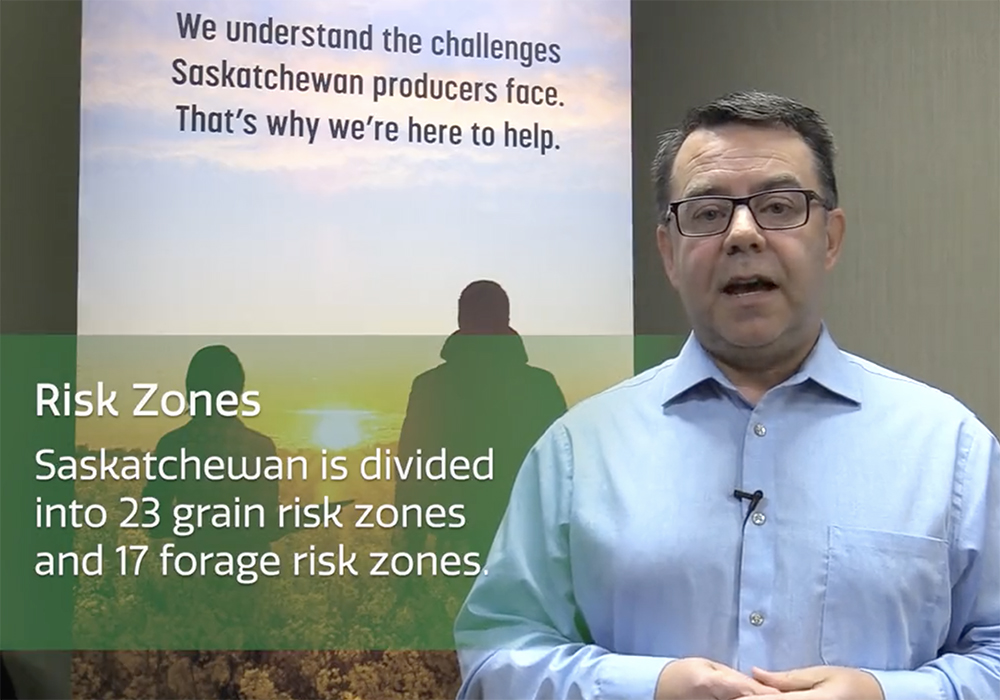Saskatchewan is moving to individual crop insurance premiums.
Saskatchewan Crop Insurance Corp. said it is responding to requests from producers over the years who wanted the program to better reflect their own farms.
Staff have been meeting with farm organizations for weeks to outline the change, which takes effect for the 2023 program.
Acting chief executive officer Jeff Morrow said individual yield coverage has been available for more than 30 years.
“We heard from producers that they want to be able to see themselves in our programs in terms of the yield side but also the risk side in terms of the management practices that they’ve been employing on their farms,” he said in an interview. “Individual premium is really that next step on the risk side of the equation.”
Read Also

Why feds imposed EV tariffs
Moe and Kinew have a fight on their hands when it comes to eliminating the EV tariff. Canada has to worry about pissing off the U.S. and Mexico and hundreds of thousands of auto workers.
The program will look at the premium a producer has paid into the program over time for each crop grown and insured, as well as claims within the same time frame.
Then, the program will look at the producer’s risk zone and use the data for all producers on the same crop.
“What that allows us to do then is determine if you as a producer have received more or less benefit from the program than your risk zone,” Morrow said. “If you’ve received less benefit from the program, then you would have a premium adjustment down, so your individual premium would be lower than the base premium. If you’ve received more benefit from the program than your risk zone, it would be an individual premium adjustment up so you would have a higher premium cost for that specific crop.”
The premiums will be calculated by crop and any claim history stays with that crop, he said. A farmer could see premiums go up on canola and wheat, for example, but not on oats, or vice versa depending on the individual numbers.
Agricultural Producers Association of Saskatchewan president Ian Boxall said he might be one of those who will see premiums rise as a result of the change, but SCIC is doing exactly what producers want.
“This is what producers have asked for for years,” he said. “They wanted it more individual so that it was their farms’ numbers and so I think crop insurance has given farmers what they want.”
Those who will have to pay higher premiums can’t argue against their own numbers, Boxall said.
“There is a cap limit on how much your premiums can go up a year, so they have offset some (of the potential increase),” he said.
There are exclusions to the new process.
Crops that fall under the New Crops program, including camelina, dryland beans, grain corn, honey, hemp, timothy hay, vegetables and wild rice, are not included.
Similarly, the programs and claims excluded from individual premium calculations are bee mortality, corn heat unit insurance, corn rainfall insurance, forage diversification option, forage rainfall insurance and fruit tree insurance.
Crop insurance said there isn’t enough historical information on some of the new crops to develop individual premiums, and weather programs are not tied to individual experience.
New customers or those insuring a crop for the first time will pay the base premium for each crop until they have enough individual information.
The 2023 premiums will be developed for the renewal packages coming in March. Changes in yield and price coverage and 2021 claim experience will be factors.
“SCIC forecasts indicate that the majority of producers will receive some benefit from this transition, to varying degrees,” the corporation said.
But Morrow said it’s too early to tell the exact impact of the switch.
Other provinces have mechanisms to individualize premiums, but he said Saskatchewan is the only one, to his knowledge, to adopt the method to this extent.
Response to the plan has been positive so far, Morrow added, because farmers appreciate the focus on individual history and a single crop.
“Under our previous experience discount surcharge a claim on one crop had the potential to impact the premium cost for your whole farm,” he said.
Producers are encouraged to speak to crop insurance staff and go to the website for more information.
Boxall said the upcoming APAS annual general meeting will include a session on the change.
















